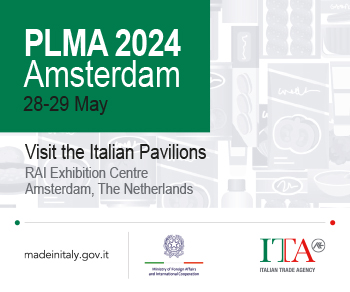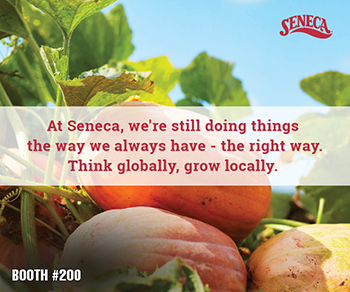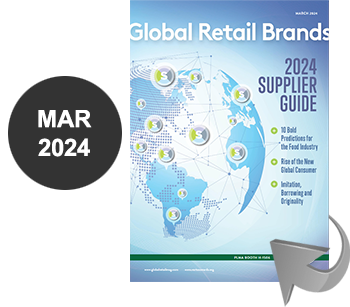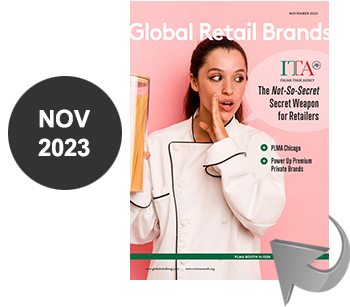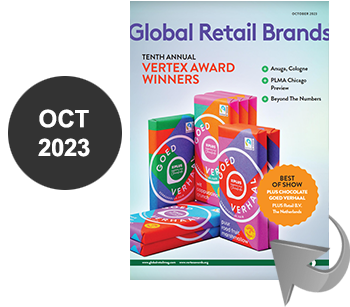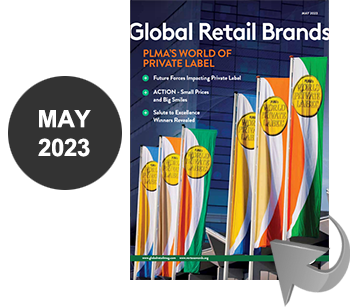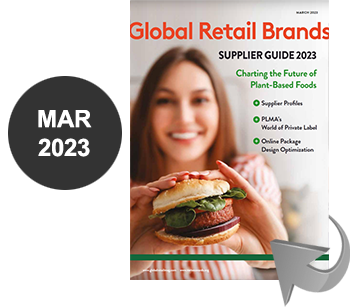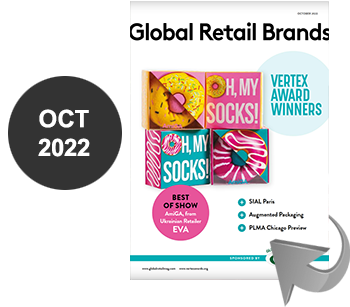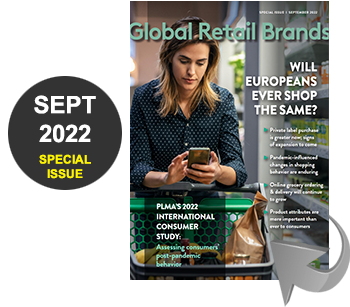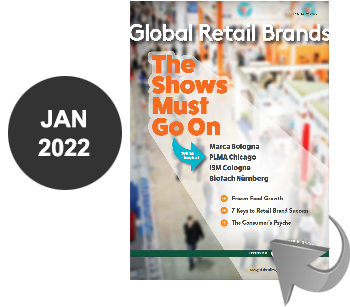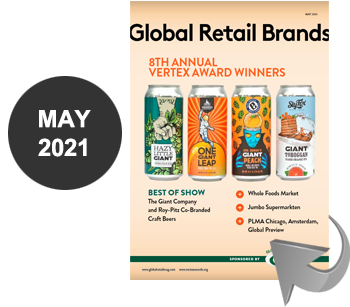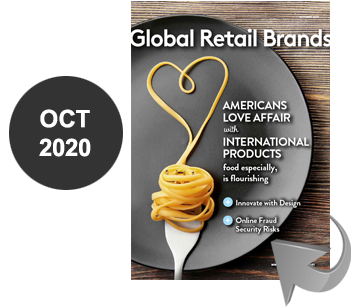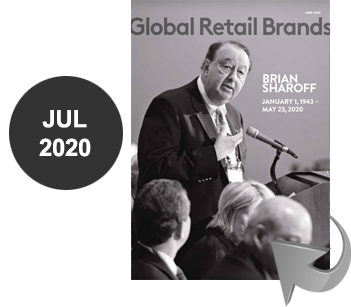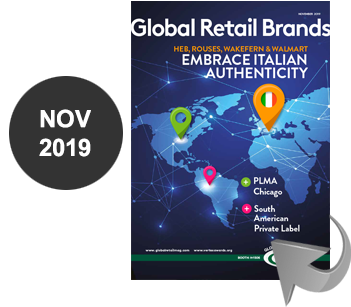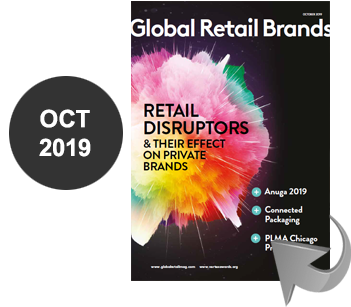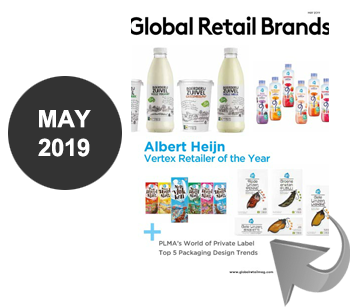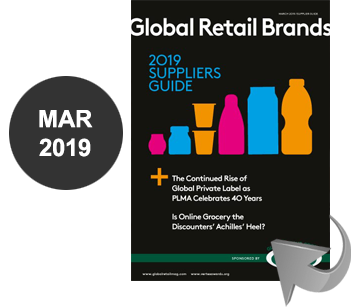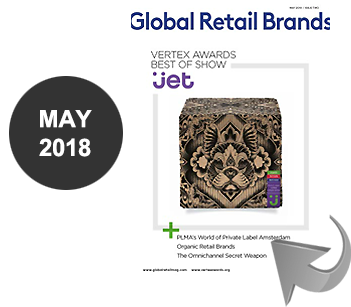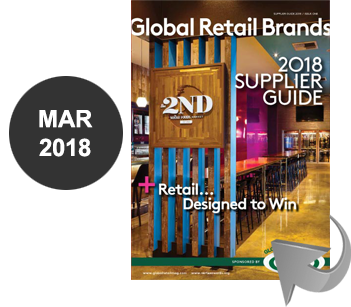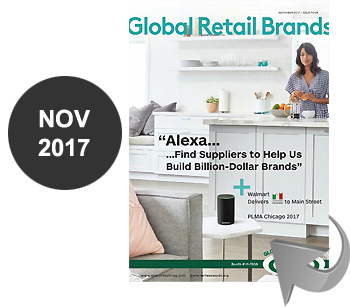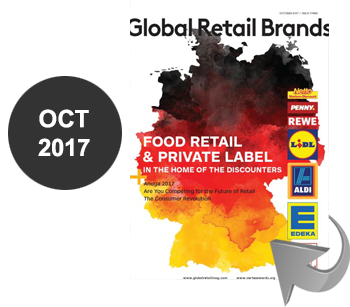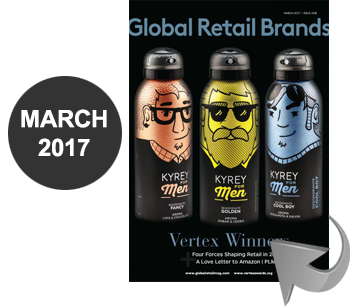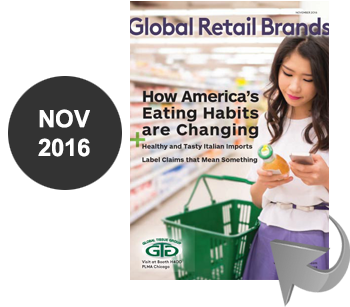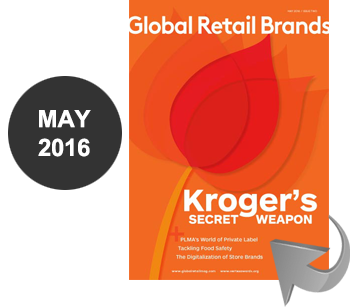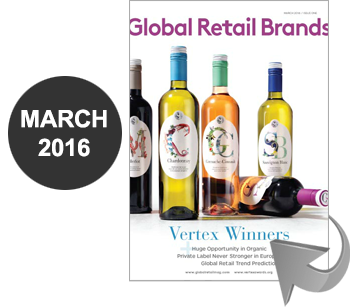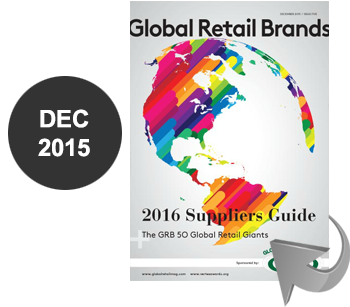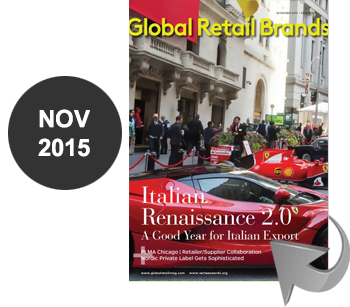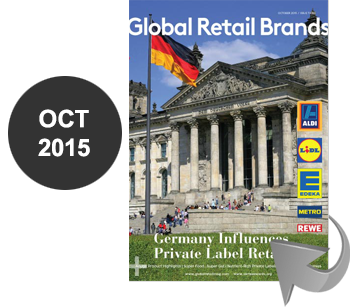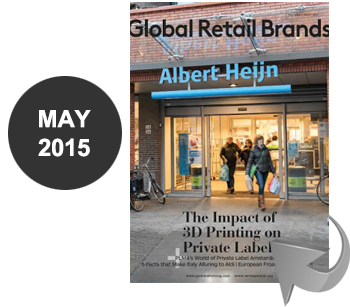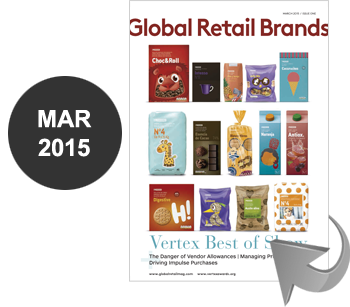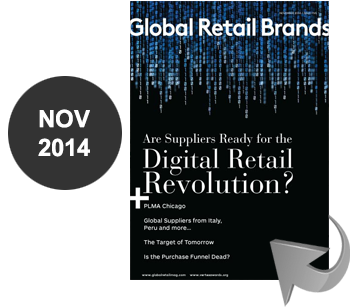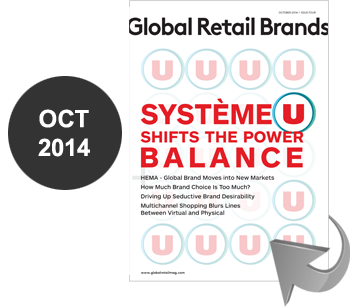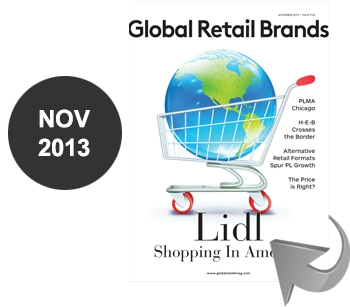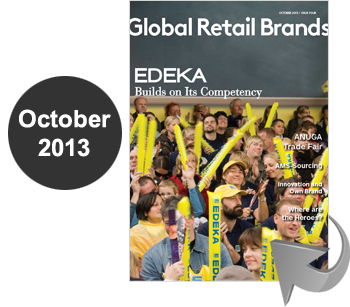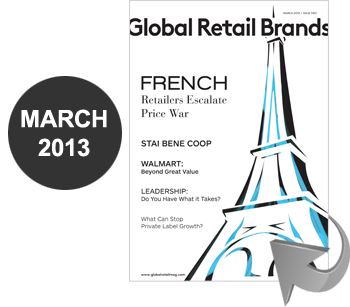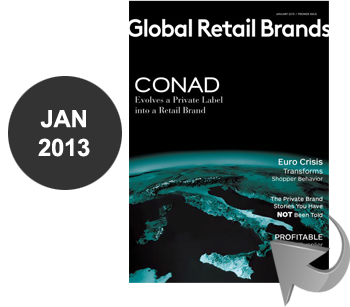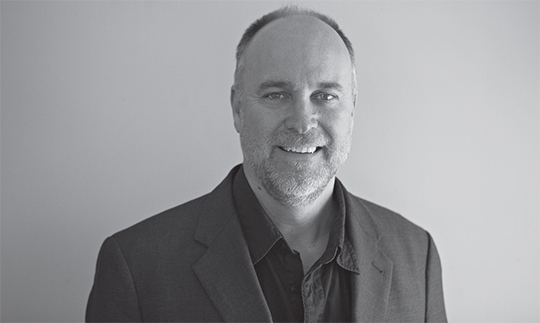
By / Perry Seelert
As consumers, we are exposed to as many as 20,000 different messages a day, and actually see about 250 of them, so how do we make sense of this marketing assault to the senses? If you are a marketer of a brand, or particularly a retailer brand, how do you truly get your message heard amidst this clutter? The old way of thinking from an own brand point of view would be to rely purely on your value message. The thought was, if placed correctly and adjacently at the shelf, you didn’t need to do much else. Just let the price comparison do the heavy lifting, and that is persuasion alone, right? Wrong. To succeed in the new world of retailer branding, you need to think and behave like a brand, and here are four keys to address the Density Dilemma
Be Distinct >>
The more distinct and crystallized you are in your brand positioning, the better you will be, but this is a tough thing for many retailers or brands to rationalize. After all, wouldn’t it be best if everyone loved me and shouldn’t I cast the widest net? I have found that many retailers define their points of difference by claiming “most convenient”, “best service”, “greatest value”, “freshest perimeter”, or “widest selection”. When you claim all of these attributes cumulatively, it becomes too many to be credible, and the result is a vanilla, bland positioning. Seek out the most impactful point of difference and really own it. Brands like Toyota (reliability), Target (fashion-forward) and Disney (imagination) all have oneword equities, and the question is, do you?
Ensure Consistency >>
In defining who you are and the points of difference that make you special, you then have to express it through language, and do it consistently. When we work with retailer or CPG brands, we describe five different dimensions that we call the language of the brand. Each brand should have a visual, verbal, structural (if your brand is packaged), environmental (how and where it lives) and personal (your customer service) language. Most importantly the five dimensions need to be consistent in their overall tone of voice. Apple is a great example of a brand that is synergistic in its equity expression, which could be defined by words like “simplicity, modernity and intuitiveness”. At every visual, verbal, structural, environmental and personal turn, the language of the brand is consistent.
No Gratuitous Density >>
It is key to not try to claim too much in your brand’s positioning, but it is also important not to say too much, especially things that are obvious and extraneous. This just compounds the Density Dilemma for consumers. Wegman’s brands their spring water under their “Food You Feel Good About” banner, and I have always thought this is painfully obvious. Flags, bursts, symbols and call-outs are often more distracting than clarifying. Orville Redenbacher popcorn makes a big point of calling out Gluten-Free, but popcorn by definition is gluten-free, so they are playing to the lowest common denominator in consumer knowledge.
Gut-Check Your Voice >>
As a retailer or retailer brand, the clarity of your voice and the language by which you express it is increasingly important, especially in a world that is not 100% driven by NBE thinking anymore. Gut-check your voice internally and also seek out partners that can guide this marketing exercise within your company.
The language of retailer brands is where we all can improve in the future. Don’t crowd your brand’s voice by claiming too much, and avoid the Density Dilemma at all costs.
Perry Seelert is retail branding and marketing expert, with a passion for challenging conventional strategy and truths. He is the Strategic Partner and Co-founder of Emerge, a strategic marketing consultancy dedicated to helping Retailers, Manufacturers and Services grow exponentially and differentiate with purpose. Please contact Perry at [email protected].

